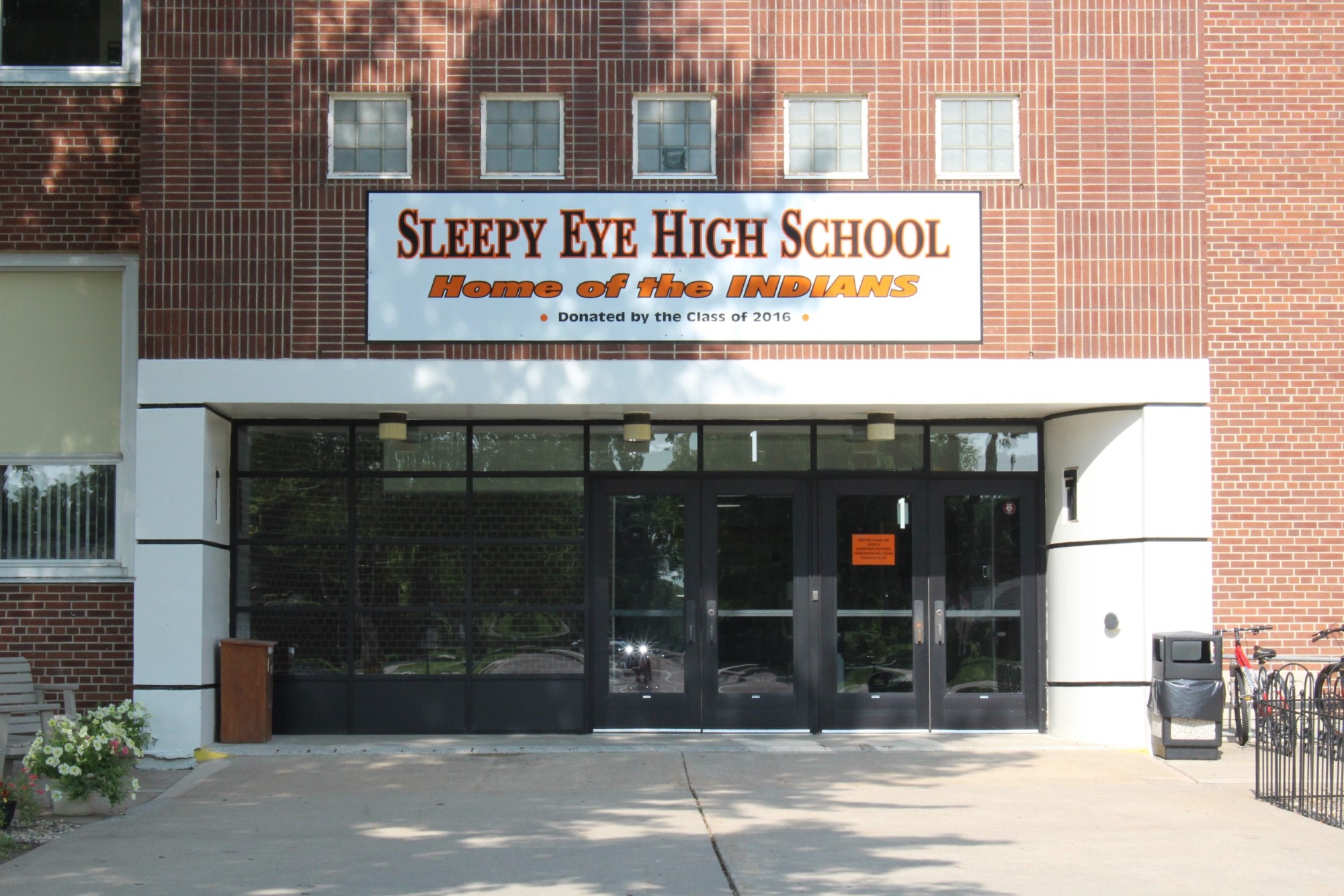Epi-Pen Protocol for Sleepy Eye Public School
Anaphylaxis is a severe allergic reaction which can be life threatening. It may occur within minutes after allergic exposure or up to hours later. Symptoms may include: presence of hives, respiratory distress, tightness in the throat, coughing, chest tightness, wheezing, facial swelling, nausea, vomiting or loss of consciousness. Anaphylaxis can occur in a previously unidentified individual. The school will have an Epi-pen auto-injector available for such emergencies.
Students with a history of allergic reaction or anaphylaxis should have their own Epi-pen available at school.
The school nurse will train the health assistant (Denise Walter) and the back- up health assistant (Maria Gonzalez) on the symptoms of anaphylaxis and the administration of an Epi-pen autoinjector. The Epi-pen will be kept in the school nurse’s office in the medicine cabinet. The stock Epi-pen will not be sent along on field trips or be available for activities outside of the regular school hours.
In the event of a severe allergic reaction of a student or staff member, a trained staff member may administer an Epi-pen, according to the following procedure:
- Determine if an individual is having an anaphylactic reaction. Symptoms include: presence of hives, respiratory distress, tightness in throat, coughing, chest tightness, wheezing, facial swelling, nausea, vomiting or loss of consciousness.
- Administer stock Epi-pen (if own prescription product not available), following package directions. If weight of individual is >60 pounds, give adult dose of 0.3 mg If weight of individual is <60 pounds, give pediatric dose of 0.15 mg
- Call 911 and inform them you are giving Epi-pen for an allergic reaction.
- Call parent/guardian.
- Do not give food or fluids by mouth.
- Maintain airway and monitor circulation.
- Document incident and inform school nurse.

